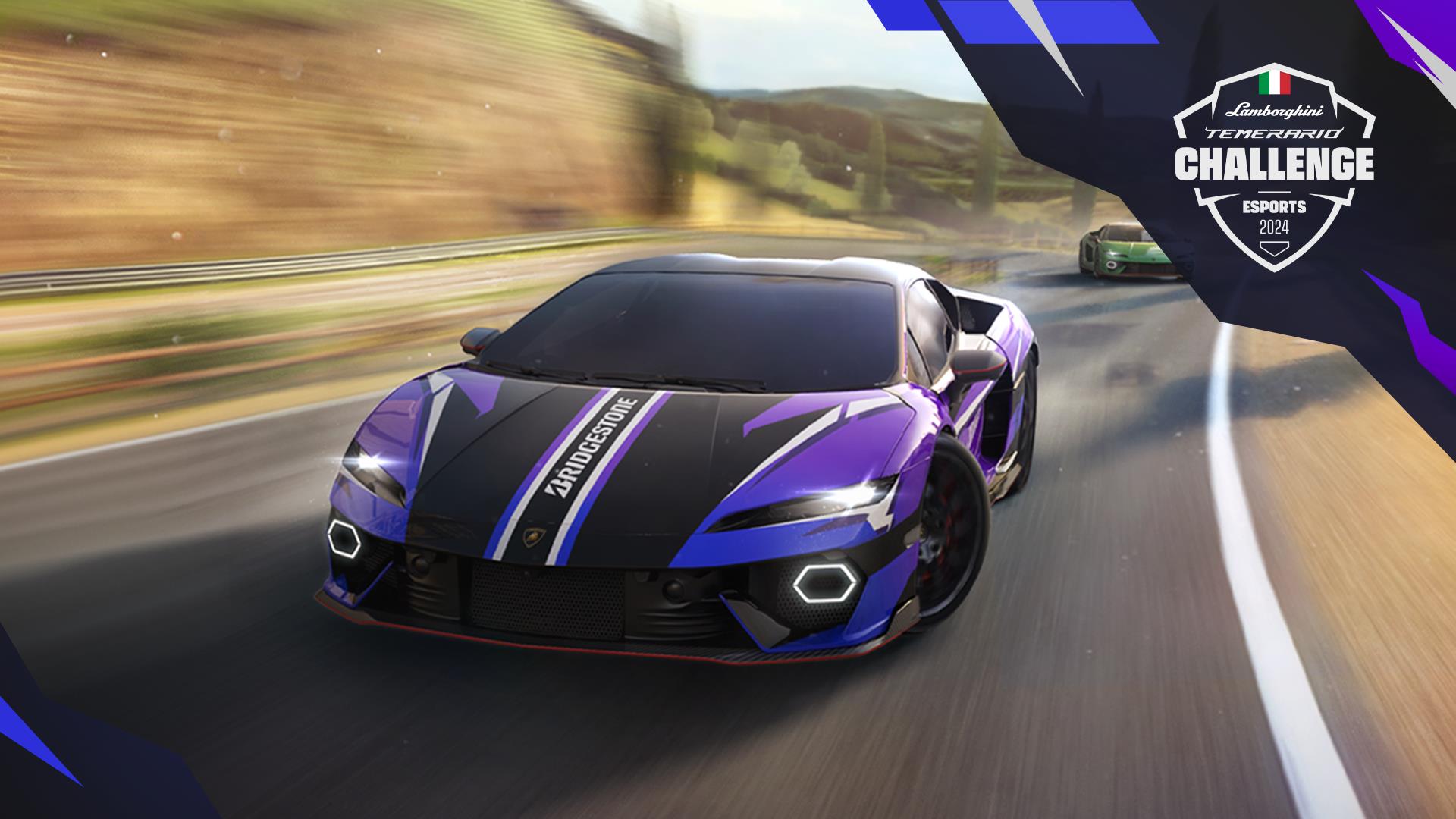Video games have become a significant force in shaping modern literature and writing. Their interactive nature and digital storytelling techniques are influencing how authors craft narratives and engage readers. Video games are inspiring new literary forms and prompting writers to experiment with non-linear storytelling, multiple perspectives, and player agency.
This cross-pollination between gaming and literature is creating fresh opportunities for artistic expression. Authors are adopting elements from video games such as branching storylines, immersive world-building, and character customization to enhance their written works. Some novels now incorporate game-like mechanics, allowing readers to make choices that affect the plot’s direction.
The influence extends beyond narrative structure to writing style and themes. Video game narratives often blend visual, auditory, and textual elements, encouraging writers to think more holistically about storytelling. This multimedia approach is pushing authors to consider new ways of conveying information and emotions in their written works.
The Evolution of Narrative in Gaming
Video game narratives have undergone significant changes since the industry’s inception. The progression from simple gameplay to complex storytelling has reshaped how players interact with virtual worlds and characters.
From Pong to Complex Storytelling
Early video games like Pong focused solely on gameplay mechanics. As technology advanced, games began incorporating basic plots. Text-based adventures like Zork introduced more elaborate stories. The 1980s saw the rise of role-playing games with deeper narratives.
Graphics improvements in the 1990s allowed for cinematic storytelling. Games like Final Fantasy VII featured intricate plots and character development. The 2000s brought open-world games with branching storylines, giving players more control over the narrative.
Recent titles like The Last of Us and Red Dead Redemption 2 showcase movie-quality storytelling. These games blend interactive gameplay with emotional depth and complex themes.
Interactivity and Player Agency in Story Creation
Video games offer a distinct form of storytelling through player interaction. Unlike books or films, games allow players to influence the narrative directly. This creates a sense of agency and immersion.
Choice-based games like Mass Effect let players shape the story through decisions. These choices affect character relationships, plot outcomes, and even the game’s ending. Open-world games offer non-linear storytelling, allowing players to explore at their own pace.
Some games blur the line between player and protagonist. Titles like Undertale adapt to player actions, creating a personalized narrative experience. This level of interactivity challenges traditional storytelling methods.
Comparative Analysis of Video Game and Literary Narratives
Video game narratives share elements with literature but differ in key aspects. Both mediums use character development, world-building, and themes to engage audiences. Games, however, add interactivity and visual elements to the mix.
Literary narratives often follow a set structure, while games can offer multiple paths. Books rely on imagination, whereas games provide visual and auditory stimuli. This can make game stories more immediately engaging for some players.
Games face challenges in balancing gameplay and narrative. Poorly integrated stories can disrupt the flow of play. Literary works don’t have this constraint. Yet, when done well, game narratives can create powerful emotional experiences through player involvement.
Cultural and Educational Impact
Video games have become powerful tools for cultural dissemination and learning. Their influence extends to literacy practices, educational approaches, and literary writing.
Literacy and Interpretative Skills
Video games enhance literacy skills by engaging players with complex narratives and diverse textual elements. Players often encounter in-game texts, dialogue, and written lore that require careful reading and interpretation. This exposure improves vocabulary, reading comprehension, and critical thinking abilities.
Games with branching storylines encourage players to analyze cause-and-effect relationships, fostering deeper engagement with narrative structures. Role-playing games frequently incorporate extensive dialogue options, pushing players to consider character motivations and perspectives.
Interactive storytelling in games cultivates active reading habits. Players must piece together information from various sources within the game world, developing skills in information synthesis and contextual understanding.
Pedagogy and Game-Based Learning
Educators increasingly incorporate video games into their teaching methods to boost student engagement and learning outcomes. Game-based learning leverages the interactive nature of video games to create immersive educational experiences.
Historical strategy games, for example, allow students to explore past events and cultures in a hands-on manner. Language learning games provide interactive environments for practicing vocabulary and grammar in context.
Educational games often incorporate reward systems and progress tracking, which can increase student motivation and provide immediate feedback on performance. This gamification of learning helps maintain student interest and encourages self-directed exploration of educational content.
Some schools have integrated game design courses into their curriculum, teaching students valuable skills in storytelling, problem-solving, and digital literacy.
Video Games in Literary Writing and Criticism
The influence of video games extends to contemporary literature and literary criticism. Authors draw inspiration from game narratives and mechanics, incorporating elements of interactivity and non-linear storytelling into their works.
Literary critics analyze video game narratives using traditional literary tools, examining themes, character development, and narrative structure. This has led to the emergence of “ludology” – the study of games and play – as a distinct field within literary and cultural studies.
Video game adaptations of classic literature have become popular, introducing new audiences to canonical works through interactive experiences. These adaptations often prompt discussions about the nature of storytelling across different media.
Writers of game narratives are increasingly recognized for their contributions to storytelling, with some game scripts receiving critical acclaim for their literary merit.
Artistic Expression and Creative Influence
Video games have transformed artistic expression and creative practices across multiple domains. Their impact extends beyond the gaming world, shaping visual arts, storytelling techniques, and writing approaches in the digital age.
Video Games as a New Art Form
Video games blend visual design, storytelling, music, and interactivity to create immersive experiences. They push boundaries in artistic expression through innovative graphics, dynamic soundscapes, and player-driven narratives. Games like Journey and Braid showcase how artistic vision can merge with gameplay mechanics to evoke emotions and convey messages.
The medium allows for experimentation with color, form, and perspective. Titles such as Cuphead draw inspiration from 1930s animation, while Okami employs a distinctive sumi-e ink style. This fusion of traditional art forms with interactive technology opens new avenues for creative expression.
Games also serve as platforms for digital art exhibitions and virtual museums, expanding access to artistic works and fostering new forms of cultural engagement.
Influence on Visual and Multimedia Arts
Video games have significantly impacted other visual media. Their aesthetic sensibilities and storytelling techniques have filtered into film, television, and graphic design. The visual language of games, with its emphasis on vibrant colors and dynamic compositions, has influenced graphic novels and comics.
Artists increasingly incorporate game-like elements into their work, creating interactive installations and augmented reality experiences. The concept of “gamification” has spread to fields such as education and marketing, applying game design principles to engage audiences.
Film directors have adopted video game aesthetics, as seen in movies like Scott Pilgrim vs. The World and Ready Player One. These works blend traditional cinematography with game-inspired visuals and narrative structures.
The Craft of Writing in the Digital Age
Video games have reshaped narrative techniques and expanded storytelling possibilities. Writers now craft branching narratives and create worlds that respond to player choices. This interactive approach to storytelling has influenced literary fiction, with authors experimenting with non-linear plots and reader participation.
Game writing demands a different skill set from traditional prose. Writers must consider player agency, environmental storytelling, and integrating narrative elements with gameplay mechanics. This has led to the development of new writing tools and techniques specific to interactive narratives.
The rise of visual novels and interactive fiction blurs the lines between games and literature. These hybrid forms combine text-based storytelling with visual elements and player choices.
Community and Discourse
Video games foster unique communities and shape discourse around gaming culture. These digital spaces influence communication patterns and create new cultural texts.
Gaming Discourse Communities
Gaming discourse communities form around shared interests in video games. Players connect through online forums, social media, and in-game chat systems. These spaces allow gamers to discuss strategies, share experiences, and debate game mechanics.
Language evolves within these communities, with specialized terms and jargon emerging. Memes and cultural references become common shorthand. Gaming discourse extends beyond gameplay, encompassing topics like industry news, game development, and esports.
Academic interest in gaming discourse has grown. Researchers study how these communities impact language use and social interactions. The field examines power dynamics, identity formation, and knowledge sharing within gaming spaces.
Gaming and Community Engagement
Video games create opportunities for community engagement. Multiplayer games bring people together across geographical boundaries. Online gaming platforms facilitate friendships and collaborations.
Community events like gaming conventions and tournaments strengthen social bonds. Local gaming cafes and arcades serve as physical gathering spaces. Charity gaming marathons harness community spirit for social causes.
User-generated content allows players to contribute to game worlds. Modding communities create custom content, extending game lifespans. Streaming platforms let gamers share their experiences with wider audiences.
Gaming communities often self-regulate, establishing norms and etiquette. They can also address issues like toxicity and harassment within their ranks.
Representation and Diversity in Video Games
Representation in video games impacts discourse around identity and inclusion. Games with diverse characters and storylines spark conversations about representation in media.
Players from marginalized groups advocate for better representation. Game developers respond by creating more inclusive characters and narratives. This shift influences broader cultural discussions about diversity.
Indie game developers often lead in exploring diverse perspectives. They create games that challenge mainstream narratives and representations.
Debates around representation extend to game development teams. The industry faces pressure to increase diversity in its workforce. This push aims to bring varied viewpoints into game creation processes.












